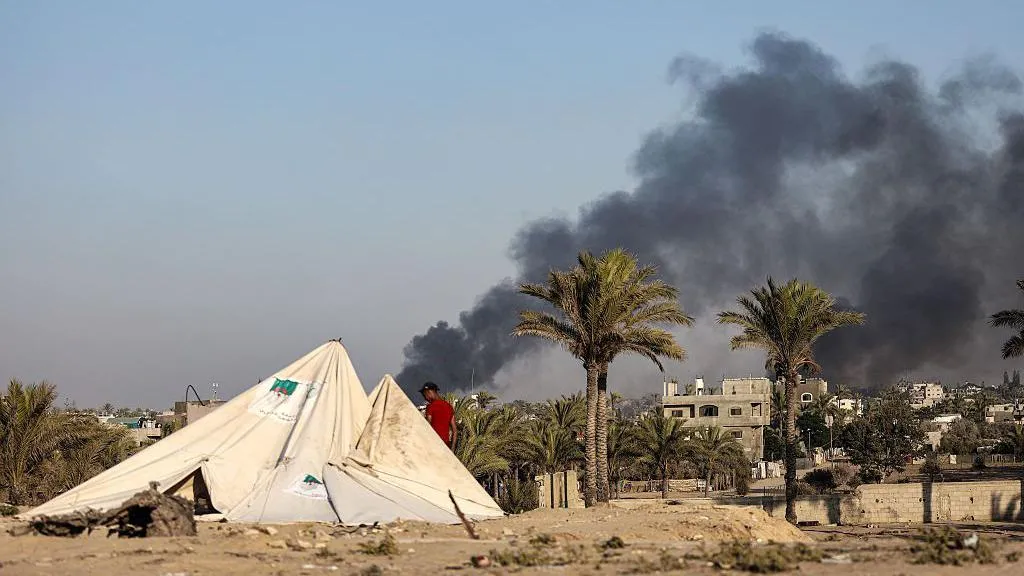
The World Health Organization has reported that Israel’s offensive in central Gaza has severely impacted its operations after attacks on WHO facilities.
The UN agency stated that Israeli forces attacked a staff residence in Deir al-Balah on Monday and mistreated those sheltering there. Its main warehouse was also attacked and destroyed.
The WHO reported that one detained staff member remains in Israeli custody and demanded their immediate release. The Israeli military confirmed detaining “several individuals suspected of involvement in terrorism” in the area, stating most were subsequently released.
This marks the first major Israeli ground operation in Deir al-Balah since the conflict began, displacing tens of thousands of civilians amid warnings of severe hunger. Gaza’s Hamas-run health ministry reported 33 deaths from malnutrition across the territory in the past 48 hours, including 12 children.
The UN has received increasing reports of malnutrition among children and adults, warning that “the last lifelines keeping people alive are collapsing.”
On Sunday, Israeli forces ordered immediate evacuation of six city blocks in southern Deir al-Balah, warning of operations “with great force to destroy the enemy’s capabilities and terrorist infrastructure.” An estimated 50,000 to 80,000 residents were directed to move south toward al-Mawasi.
The UN’s humanitarian office confirmed staff would remain despite evacuation orders, spread across dozens of premises with coordinates shared with Israel, emphasizing the need for protection.
The WHO condemned “in the strongest terms” attacks on its facilities. The staff residence was attacked three times, with staff and families, including children, “exposed to grave danger and traumatized after air strikes caused a fire and significant damage.”
“Israeli military entered the premises, forcing women and children to evacuate on foot toward al-Mawasi amid active conflict. Male staff and family members were handcuffed, stripped, interrogated on the spot, and screened at gunpoint,” the WHO stated.
Two WHO staff and two family members were detained, with three later released while one staff member remains in detention.
The WHO’s main warehouse was damaged after “an attack caused explosions and fire inside,” later being looted by desperate crowds. While not attributing direct blame, the agency called it “part of a pattern of systematic destruction of health facilities.”
The WHO warned its operational presence in Gaza was “now compromised, crippling efforts to sustain a collapsing health system and pushing survival further out of reach for more than two million people.”
The Israel Defense Forces stated troops came under fire in Deir al-Balah and “responded toward the area from which the shooting originated.” Without mentioning WHO, the IDF said it warned civilians beforehand and maintained contact with international organizations in the area.
The offensive’s objectives remain unclear. Israel’s Haaretz newspaper reported troops were establishing “a corridor that will cut through the city, severing it from the al-Mawasi area and preventing free movement between central Gaza refugee camps.”
Israeli sources suggest the possible presence of Israeli hostages held by Hamas contributed to Deir al-Balah previously avoiding ground operations. At least 20 of 50 remaining hostages are believed alive, with families expressing concern that operations could endanger them.
Medical officials reported shellfire killed at least three Palestinians in Deir al-Balah on Monday as tanks advanced. Another two died Tuesday, according to the Hamas-run Civil Defence agency.
In northern Gaza, at least 14 people were killed and 25 wounded overnight when shells hit tents for displaced families in al-Shati refugee camp. Children and women were among casualties.
Raed Bakr described a “massive explosion” destroying the tent housing him and his three children: “I felt like I was in a nightmare. Fire, dust, smoke and body parts flying through the air, dirt everywhere. The children were screaming.”
According to the UN, approximately 87.8% of Gaza is now under Israeli evacuation orders or within militarized zones, confining 2.1 million people to roughly 46 square kilometers where essential services have collapsed.
Asma Mustafa, a displaced mother and teacher experiencing her ninth displacement, described Gaza as “a place of death, hunger and exhaustion.” She told BBC: “Clean water is a dream. The wounded are left to bleed without treatment. Children cry from hunger and mothers are powerless. We are living through a slow miserable death.”
UN human rights chief Volker Türk stated: “It seemed the nightmare couldn’t possibly get any worse. And yet it does.” He warned that given civilian concentration and Israeli warfare methods, “the risks of unlawful killings and other serious violations of international humanitarian law are extremely high.”
French Foreign Minister Jean-Noël Barrot urged Israel to allow international media access to Gaza “to show what is happening there and bear witness.”
On Monday, freelance photojournalist Tamer al-Zaanin was killed and Ibrahim Abu Ushaibeh injured when Israeli special forces detained Gaza health ministry official Dr Marwan al-Hams. The journalists were reportedly interviewing Dr Hams outside an International Committee of the Red Cross field hospital in Rafah.
The health ministry reported Dr Hams sustained a foot injury during detention and expressed concern for his health in Israeli custody.
The Israeli military launched its Gaza campaign following the Hamas-led attack on southern Israel on October 7, 2023, which killed approximately 1,200 people and resulted in 251 hostages. At least 59,029 people have been killed in Gaza since then, according to the territory’s health ministry.



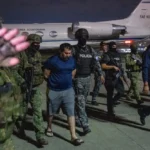



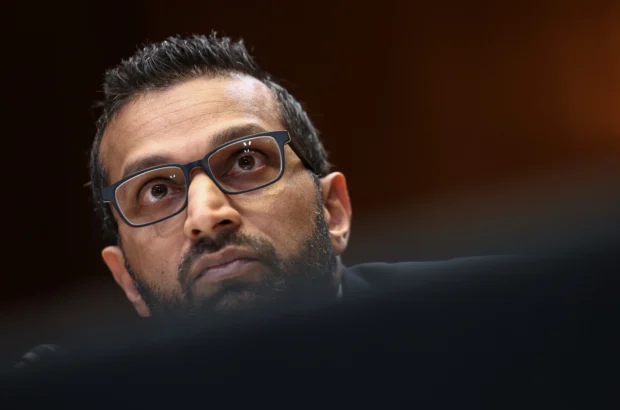


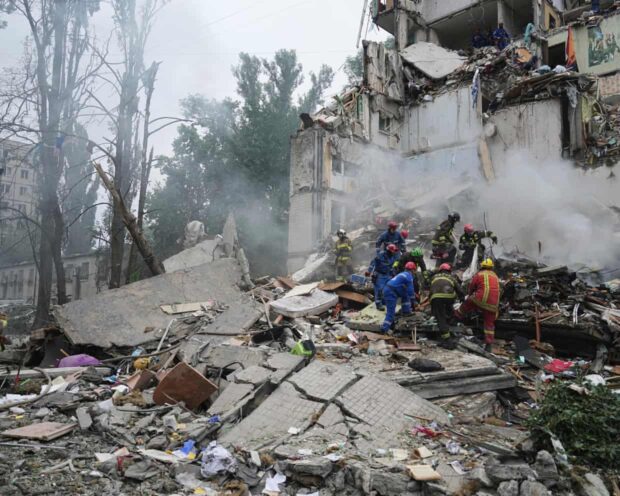
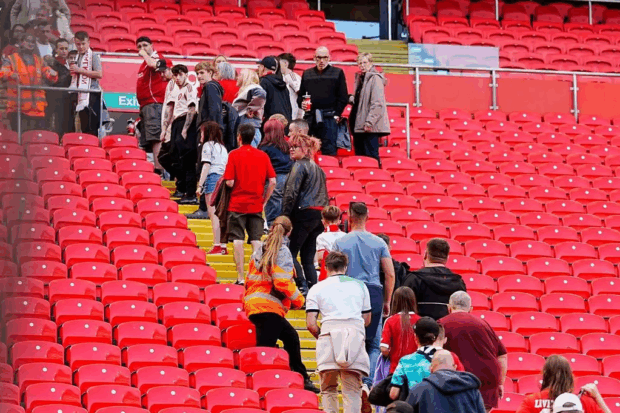
Be the first to leave a comment